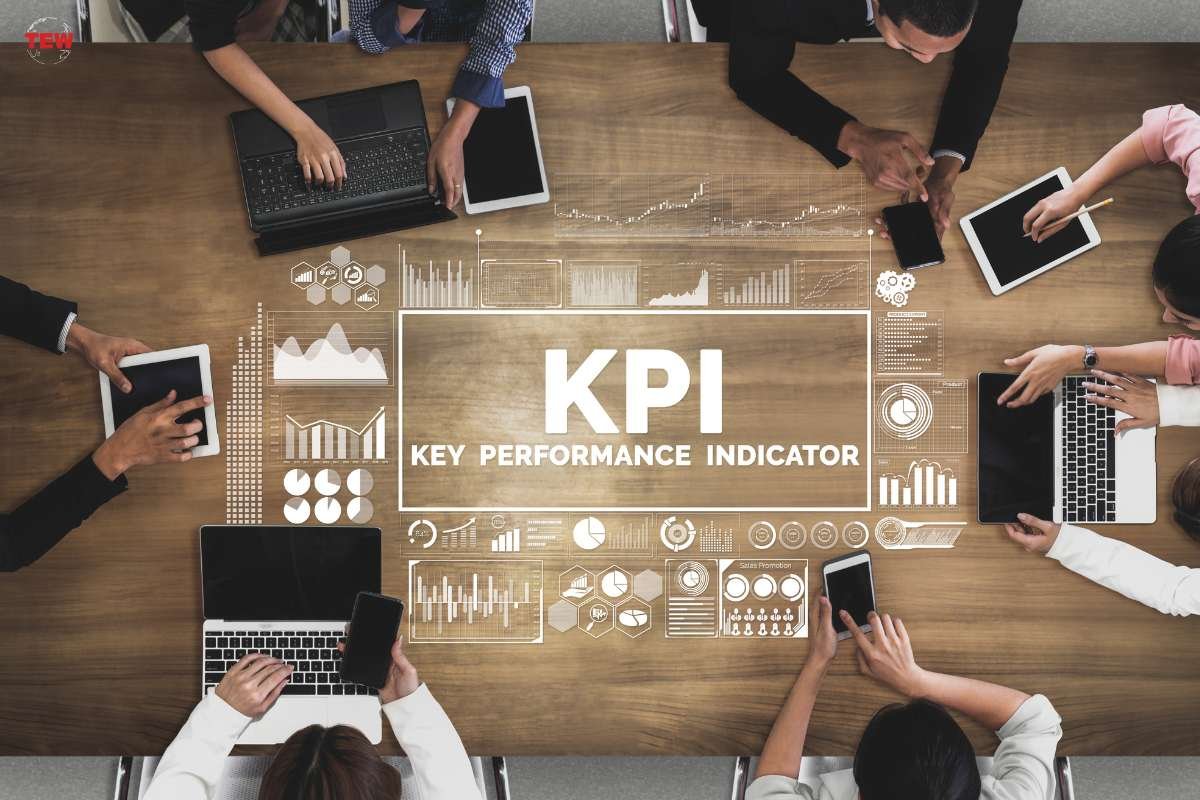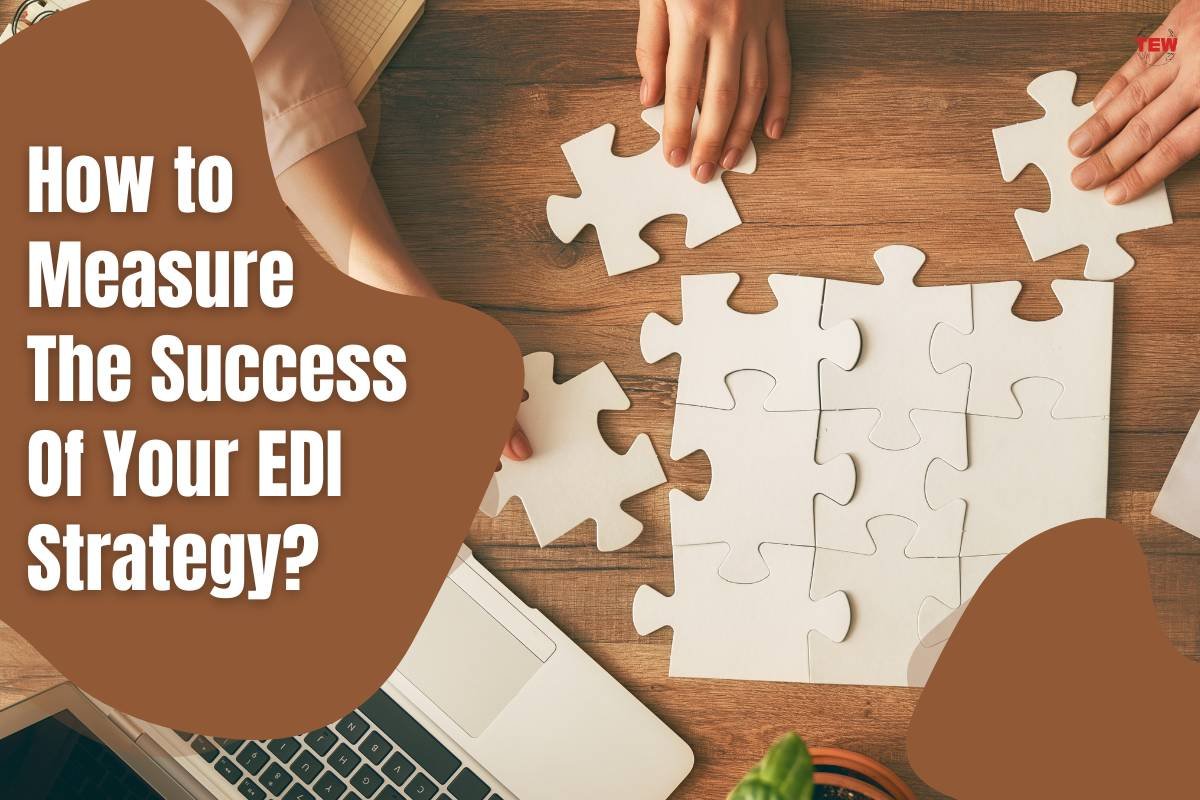Tracking the growth of your EDI strategy is important to understand if you have made a meaningful change and to identify where you need to improve within your organization. According to the research, fast-growing businesses are more likely to use performance metrics.
In this article, you will learn about the tips to measure the success of your EDI strategies. Keep reading the article!
Tips to measure the success of your EDI Strategy:
1. Create Shared Outcomes
Developing an effective EDI strategy requires a group of diverse stakeholders from different backgrounds and roles in your organization. When your organization has diverse stakeholders, it means that not everyone is on the same page regarding making any decision.
Having the stakeholders on shared outcomes will help create space for solutions while decreasing conflict.
Measuring and monitoring the success of your organization, you can also consider the Meade Willis company, which can help create shared outcomes and determine the progress of your EDI objectives.
Additionally, by creating the clarity of the issue you are going to solve, you can choose the right indicator to measure the success of your EDI strategy.
2. Consider Leading And Lagging Indicators

When selecting the indicator to measure your progress, not all indicators will be positioned to track progress right away. There are two types of indicators to ensure the success of your EDI strategy. First is the leading indicator that is considered the predictive measurements.
It often measures the short-term outcomes and can be tracked earlier and on a more ongoing basis. The second is the lagging indicators that are considered the output measurement of your EDI strategy. It is associated with the long-term impact that will help you in knowing change over time.
While mapping indicators of the outcomes, it is important to mix both types of indicators to capture the right information at the right time.
Leading indicators will give fast information to know that your company is moving in the right direction. Lagging indicators will take time to give you information to know about the success.
3. Establish A Monitoring Framework
After having the shared outcomes and identified indicators, now it is time to establish an EDI strategy monitoring framework. A monitoring framework will clearly map out the actions you are going to implement, the desired outcome you hope to achieve, and the indicators you will use to measure them.
A good monitoring framework will help you know about the gaps in your measurement approach and focus on the area that is important for you.
4. Key Performance Indicators

After your monitoring framework has been developed, it is time to identify the key performance indicators in the strategy. Ideally, they should be chosen last. KPI should be a balance of the leading and lagging indicators that will provide time information.
It will help enable evidence-informed decision-making. Considering and incorporating these actions proactively in the development of your EDI strategy will give you the ability to pivot with real-time information, amplify the actions, and reallocate the appropriate resources to ensure the success of your EDI strategies.




